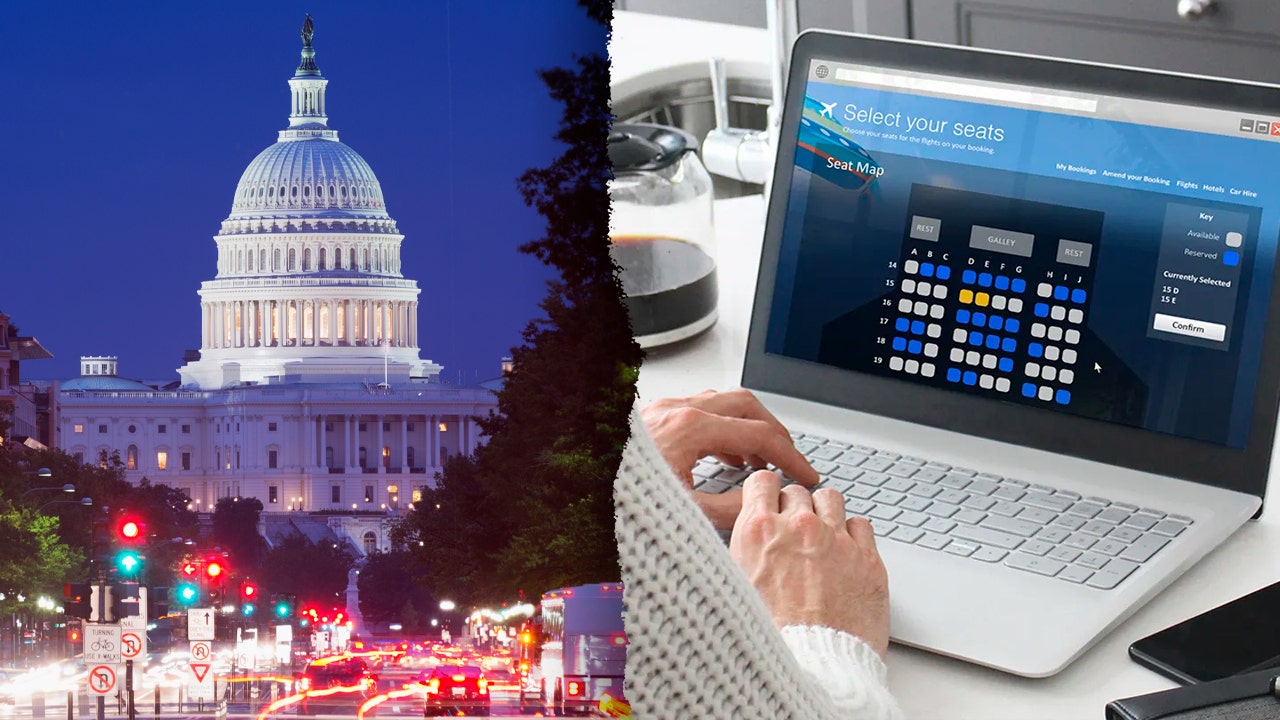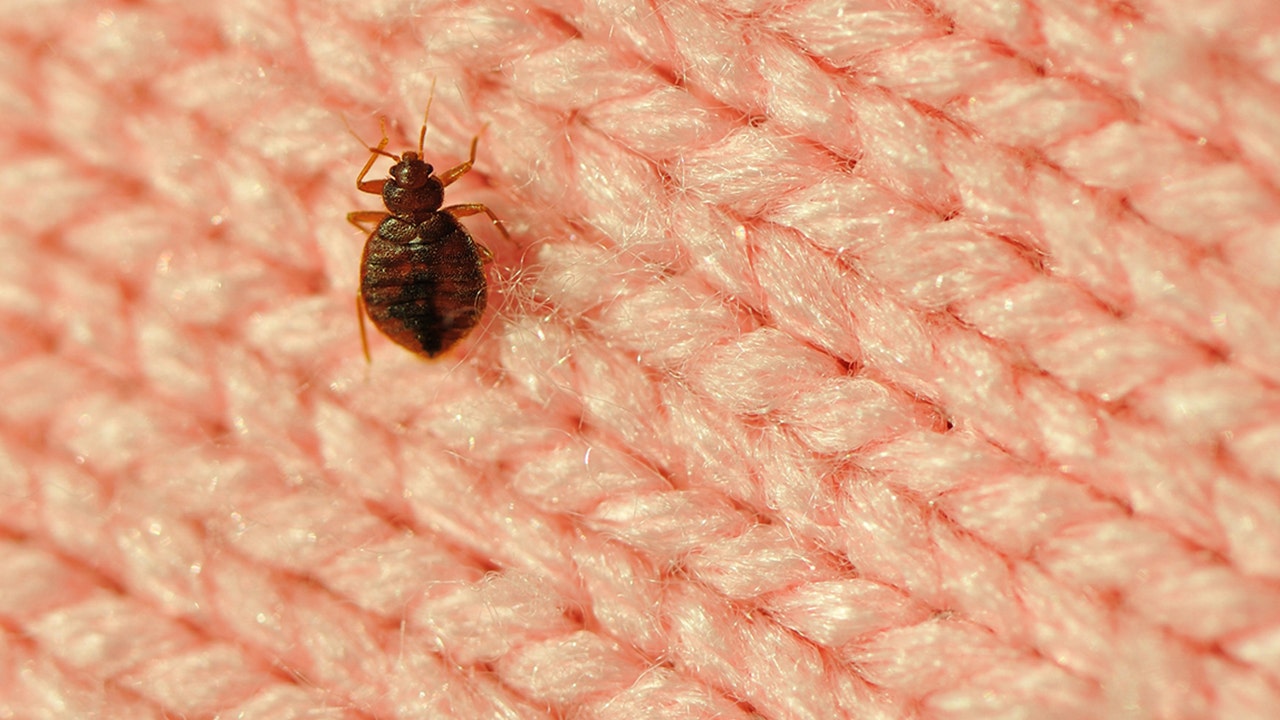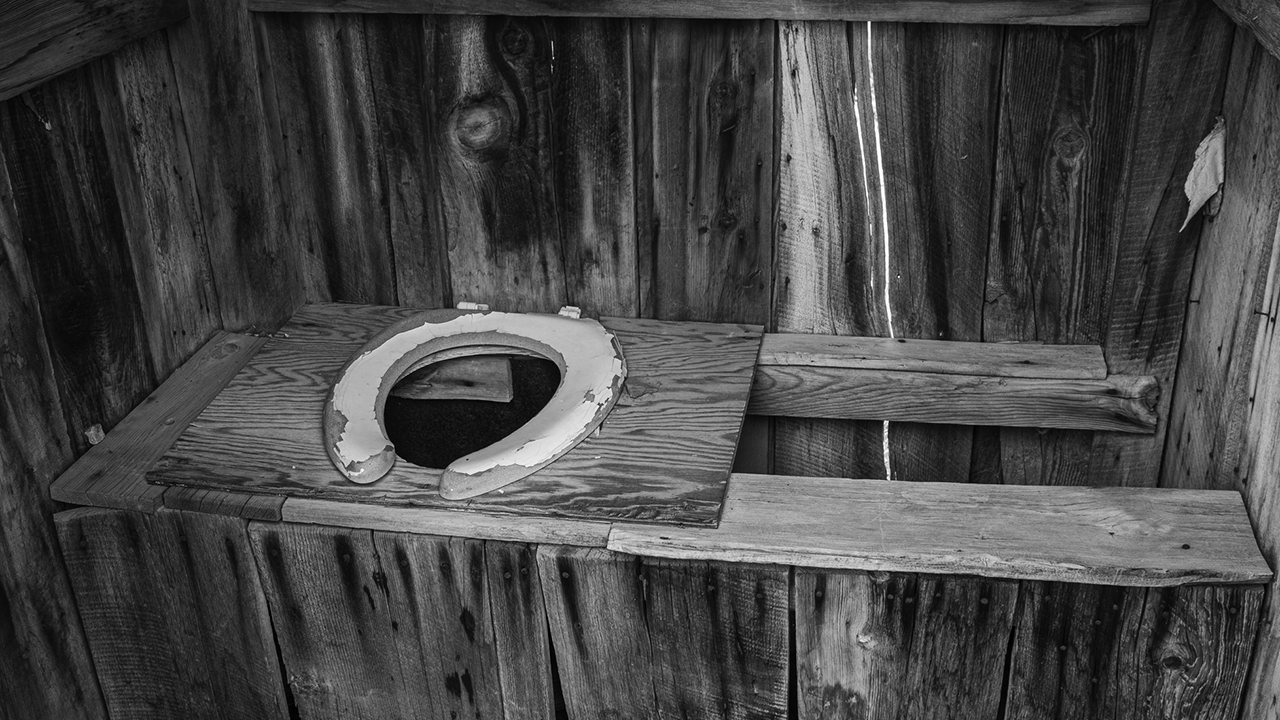Bedbugs Can Travel on Airplanes: What Flyers Need to Know
Some air travelers might be bringing home more than just souvenirs after embarking on a trip.
One woman traveling on a Turkish Airlines flight from Johannesburg to Istanbul said she witnessed a bedbug crawling on her seat while in the air, The New York Times reported this month.
Feeling alarmed, she alerted a flight attendant, only to have her concerns waved away. Undeterred, she later shared her unsettling experience in a Facebook travel group, where she found camaraderie in others who echo her concern: bedbugs on flights aren’t a rare sighting.
A Commitment to Safety and Comfort
A spokesperson for Turkish Airlines addressed these growing concerns while speaking to travel news source SimpleFlying.com. “Regarding recent news reports about bedbugs, we would like to emphasize that Turkish Airlines remains steadfast in its commitment to the highest standards of safety and comfort,” they stated.
They acknowledged the reality that bedbug cases might arise in shared public spaces, including aircraft. With sincerity, they assured the public that every reported issue is taken seriously, and necessary inspections and treatments are promptly conducted. They added that their aircraft undergo regular cleaning and thorough sanitization before every journey.
Understanding Bedbugs: Nature’s Uninvited Guests
According to experts, bedbugs are persistent blood feeders, drawn to humans and animals as a source of sustenance. They possess a remarkable ability to detect their prey through the carbon dioxide we release and the warmth of our bodies. When not in pursuit of nourishment, bedbugs prefer the safety of dark, secluded crevices.
“They are typically not seen hiding out in the open,” states pest control expert Hottel. Their stealthy nature makes them prime hitchhikers, easily latching on to luggage and personal items. Once on the move, they can travel from one destination to another, often without the knowledge of the traveler.

Practical Tips for Travelers
To minimize the chances of an uninvited guest heading home, travelers can follow some thoughtful precautions. Some experienced travelers share practical strategies, such as placing toiletries on the bathroom counter, hanging clothes that need it in a closet, and keeping luggage sealed in the bathroom when not in use. This deliberate arrangement can help reduce the possibility of bedbugs finding a way into personal belongings.

Experts emphasize careful vigilance when unpacking after a journey. Travelers should seek out small, flat, oval-shaped creatures that are brownish-red in color. Discarded skins or feces resembling ink stains near the seams of luggage or furniture should not be overlooked.
Upon suspecting exposure to bedbugs, the guidance is clear: a cycle in the dryer set on high heat for 30 to 45 minutes can be a lifesaver. Vacuuming luggage, with the contents promptly disposed of in a sealed garbage bag, adds an additional layer of protection.
While bedbugs may feel like an unwelcome surprise, knowledge can be a powerful ally. Recognizing their natural behaviors and taking timely precautions can transform anxiety into informed action. After all, a little preparation can ensure that the memories brought home from a journey remain delightful, leaving no room for uninvited guests and their pesky habits.



































